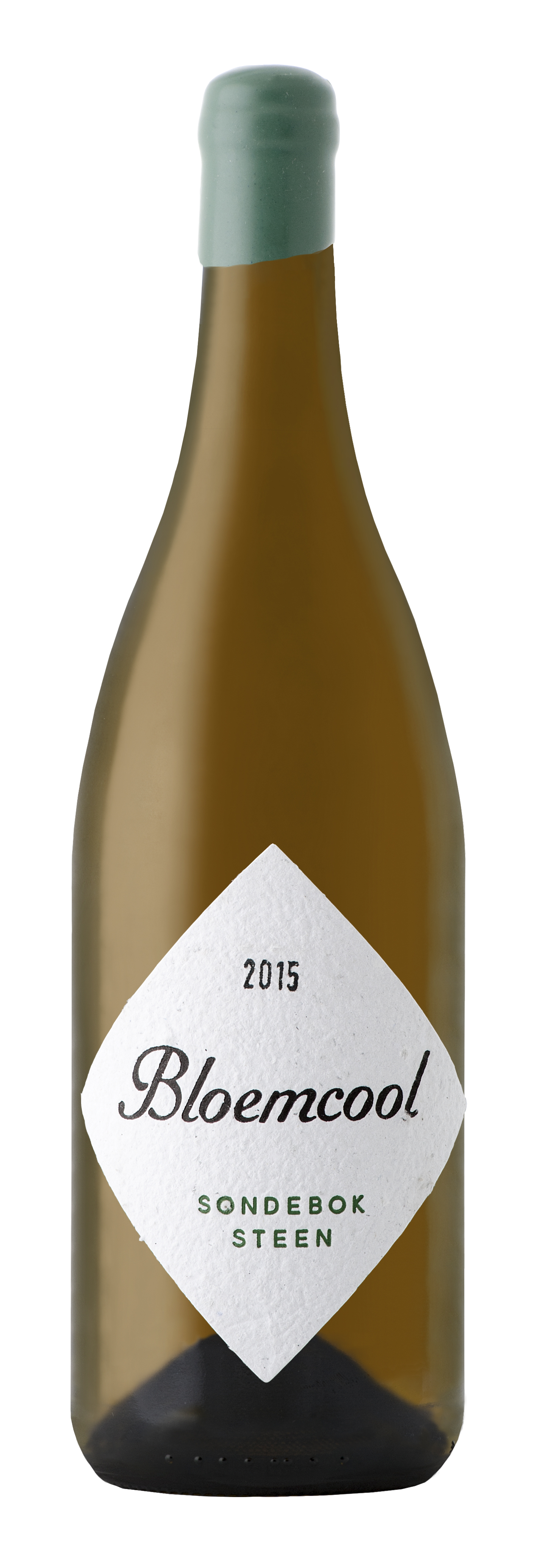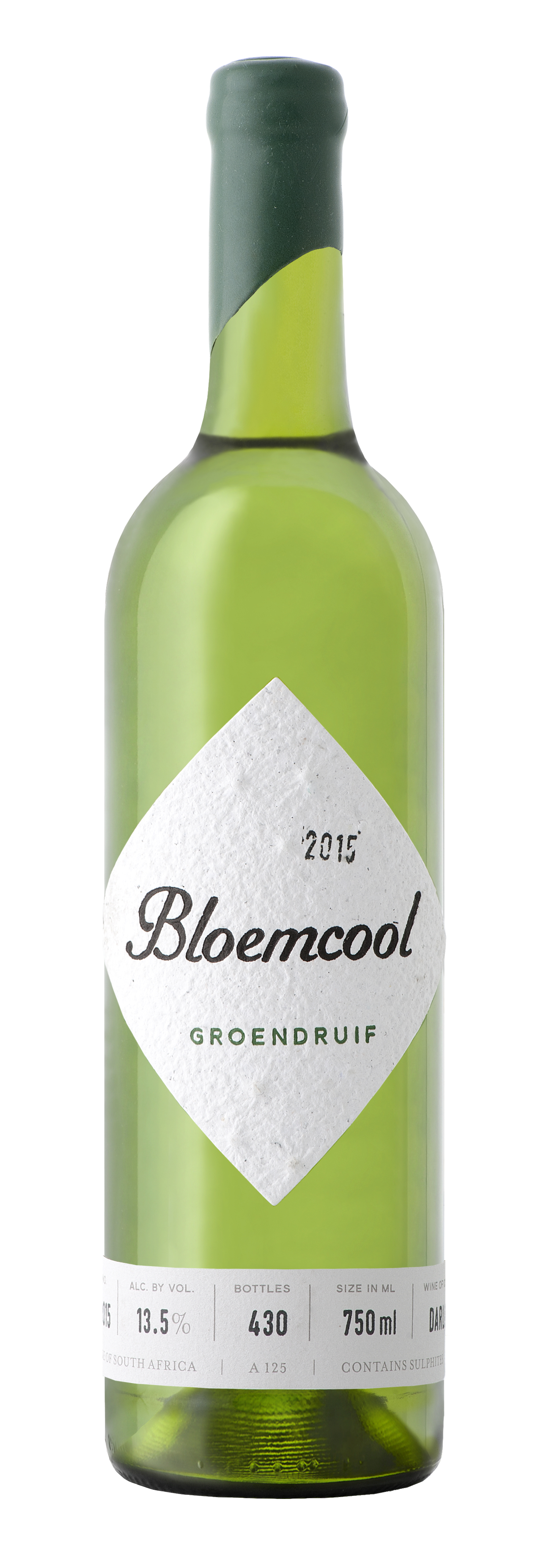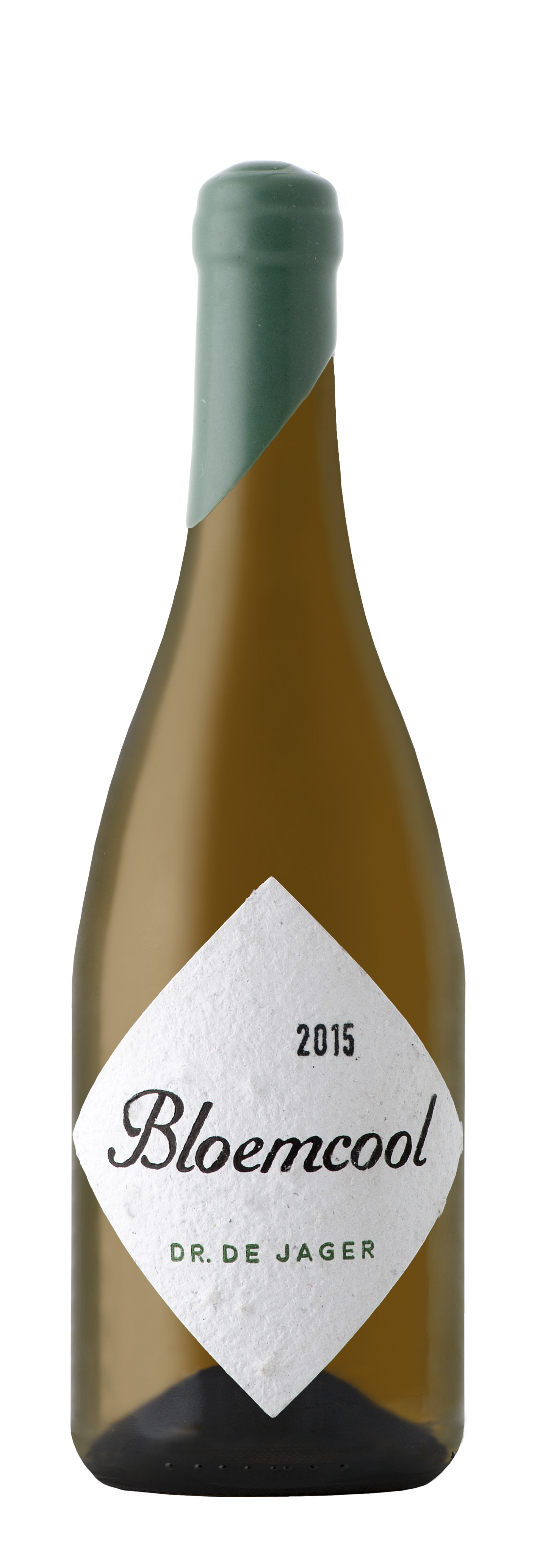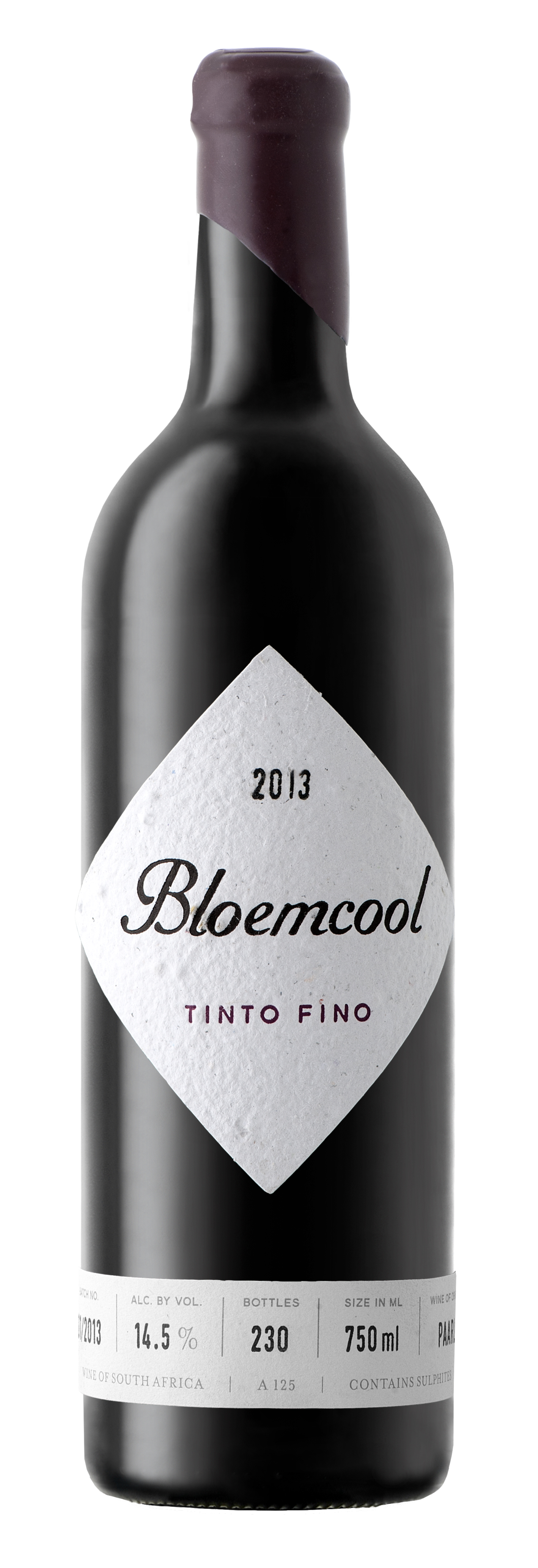New Directions
Charles Back is one of South Africa’s wine visionaries. The ultimate ‘out of the box’ thinker who has led the pack – or goat herd – for decades. Possibly his biggest claim to fame is cocking a snook at the French and their wine labelling pretensions years ago by launching his Goat range: Goats do Roam, Goat Roti et al… In spite of this, he’s a reticent man who actively shuns the spotlight – which made the April launch of Fairview’s new Bloemcool wines so unusual.
“We don’t do launches,” said Fairview’s head winemaker Anthony de Jager, who has worked shoulder to shoulder with Back for two decades, while admitting that he was nervous at the prospect of saying a few words in front of the throng gathered in the old Dutch barn, the original Fairview winery.
De Jager needn’t have worried as Back did the heavy lifting, providing a wealth of historic background. The range is called Bloemcool because that was the historic name of the farm. Is there something historic about these wines? Yes. Fairview and Back were pioneers of Viognier in South Africa, firstly bottling it as a single varietal wine and secondly co-fermenting it with Shiraz. In the Bloemcool range there’s a Méthode Cap Classique made from Viognier.
These wines are limited productions, often just one or two barrels, and will only be available by direct sales. Orders to hello@bloemcool.co.za. “There are eight winemakers at Fairview now,” Back said, “and this is their opportunity to experiment and play around in the cellar. I don’t want them getting bored!”
The other Bloemcool wines include a Chenin Blanc called Sondebok Steen which follows the current fad for extended skin contact and oxidative handling of white wines;

A Semillon called Groendruif;

A big, bold, unashamedly brash Viognier called Skilpadrug;

And an intriguing Chenin Blanc sweetie called Dr de Jager which is fermented on the discarded skins of the La Beryl straw wine after pressing.

But perhaps the choicest wine of the range, in my humble opinion, is the single red: Bloemcool Tinto Fino – a 100% Tempranillo.

South African winemakers are currently rediscovering Cinsaut to much acclaim and also loudly praising the merits of Grenache. Back mentioned in despatches that the first plantings of (alleged!) Tempranillo went into the ground about 14 years ago. “And after a few years we discovered that there’d been a bugger up – and it wasn’t Tempranillo! It was Tinta Amarela, so we had to dig it all up and repeat the exercise, which is why it’s taken so long for us to get the wine into bottle.”
In Wineland magazine in 2006, Charl Theron wrote that global plantings of Tempranillo exceeded those of Chardonnay – and that plantings in California had doubled in the decade from 1990. Of course, the popularity of Tempranillo is largely attributable to its ubiquity in Spain, where it is the vinous lifeblood of Rioja.
British wine writer and Master of Wine Tim Atkin points out that the grape is known by many different names – which might be why the wrong grape ended up in Fairview’s soils… It also goes by Tinta de Toro, Tinta del País, Tinto de la Rioja, Tinto Fino, Tinto Madrid and Ull de Llebre, among other synonyms. He also points out that it’s versatile, producing wines that can be light quaffers with strawberry tones or deeply structured, rich, dark, powerful and tannic wines “that will age half a lifetime”. “That said, the structured stuff is rarer,” Atkin wrote. Not all wines can be Vega Sicilia or Pingus…
The Bloemcool example is not a casual quaffer, nor is it a brooding stonker. It is an elegant, spicy, rich and rewarding red, which drinks well now, yet has enough tannin to comfortably last five to 10 years.
There were two wise winemaking heads present at the Bloemcool event, both of whom were very complimentary about the Tinto Fino: Neil Ellis (Neil Ellis Wines) and Kevin Arnold (Waterford). Ellis is of course already renowned for his eponymous Grenache, arguably one of the country’s best exponents – and is of the opinion that blending the two varieties is the way to go. “It’s got great potential in South Africa, especially for blending, and I believe Grenache is the way to go,” Ellis said. Not surprising, since that’s a blend the Spanish favour. It’s tried and tested.
Arnold, however, chipped in with his view that Tempranillo works well with Cabernet Sauvignon, also admitting that he’s already been working on a potential blend. “I’m excited by what Tempranillo and Cab offer as a blend,” he said. (And since Tempranillo is one of of Arnold’s favourite grapes, one of his Rhodesian ridgeback dogs wears the name Nillo!)
And it’s not just a blending partner for Grenache or Cabernet Sauvignon. It also pairs well with Mourvèdre and Merlot. So why don’t we have more of it planted in South Africa?
– Fiona McDonald